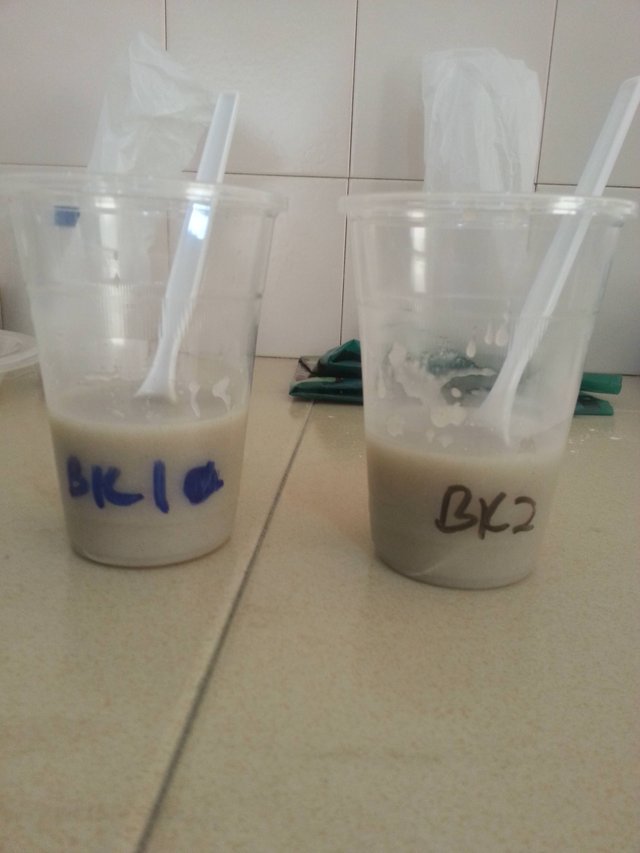HAUSA KOKO PRODUCTION FROM MILLET FLOUR (2)

The millet flour that was fermented for 3 days was blended and mixed with selected spices like pepper, ginger and some herbs.
The mixture was messed and stirred to ensure we have an evenly distributed mixture. All large particle were sieved and allowed to sit for 12 hrs.
It was decanted and the filtrate was collected. Hot water was prepared and millet paste mixed into it to form the koko. It was served and the results collected.
Data collected was analyzed to determine if this will be a market hit or not
Results for Hausa Koko
With reference to the history of our traditional Hausa koko, the colour of our koko was similar to the commercial Hausa koko with 63% rating for the colour and 38% rated better
With the smoothness, 13% of the sample size said it was similar or good and 74% chose better.
Some of the vital requirements people look out for in any Hausa koko are aroma and taste, majority of the respondents scored the taste and aroma as similar.
From the results, majority (47.2) scored the formulated koko as similar or good and 32.4 scored the general quality of the formulated koko as better than the commercial koko.
In conclusion, good quality Hausa koko can be produced from millet flour.
Smaller mesh sizes could be employed to improve smoothness. Reduction of fermentation time will minimize sourness. Commercial Hausa koko producers will not have these challenges.
You got a 15.92% upvote from @minnowvotes courtesy of @anaman!
My favorite porridge have always been Hausa koko and have always wanted to learn how to prepare this breakfast of mine. Honestly your exposition on how it is prepared have gingered me to try it. I am used to preparing maize porridge. Thank you our nutritionist for the lesson well taught. Your post have been selected as one of the winners for @wafrica post of the day and have received 50% upvote boost from @wafrica.curators .keep using the @wafrica tag and spread the good news.
........choosen by @steemgh curator for @wafrica.